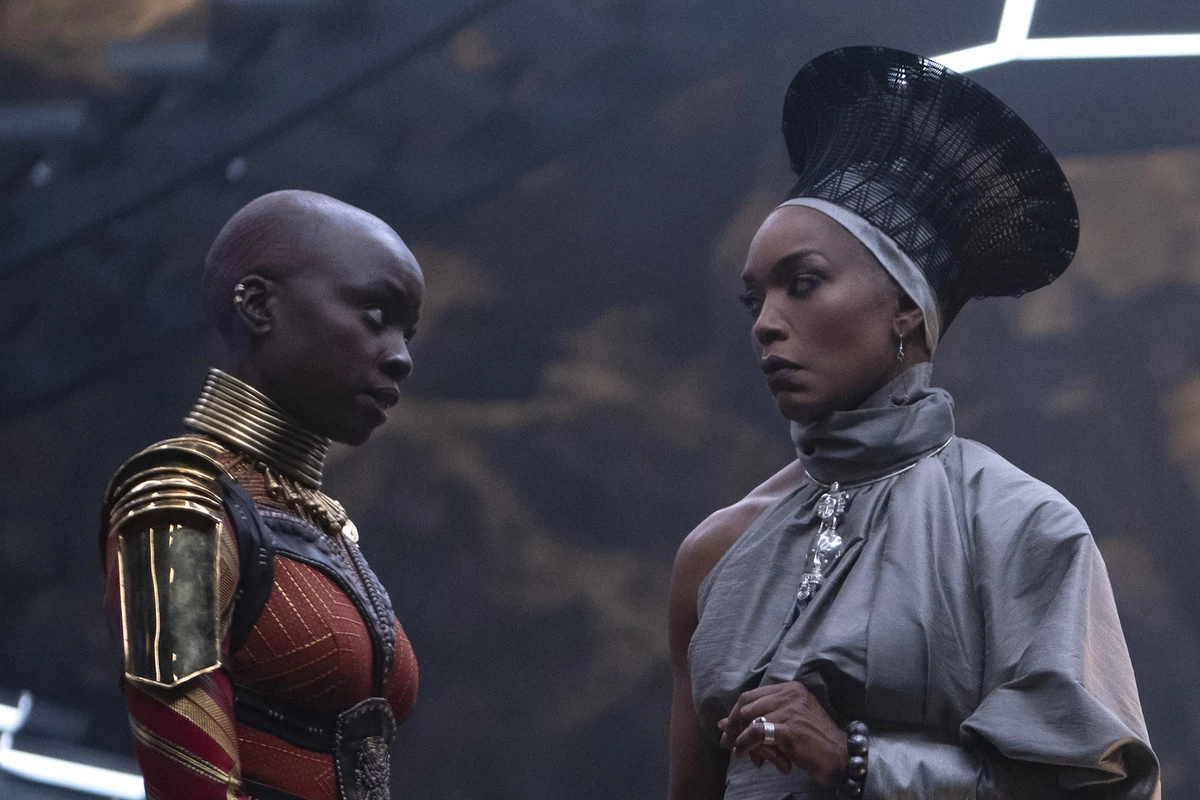Many of today’s young gamers are more future-ready than today’s average office workers. Digital Natives (age 27 or younger) and Cross-Reality (XR) Natives (17 or younger) already experience ahead-of-their-times digital interfaces via video gaming platforms. These young people are creating their own worlds, developing their own social networks, and (possibly unconsciously) preparing for the “officeverse” — the anytime/anyplace world of where we will work, when we will work, and how we will work. Digital and XR natives will have a competitive advantage in the officeverse.
‘Gameful engagement’ for readiness
Gameful engagement has evolved from something purely recreational to a powerful organizing tool. Gaming requires personal agility and nimble thinking along with a willingness to reconnect with play. Gameful engagement is emotionally laden attention, which is very similar to the definition of a good story. In a game, however, you get to be in the story.
In the future, an agile shape-shifting organization will be a blended reality of both physical and virtual communities. This combination will demand an experience that has social effects and provides participants with more agency in accomplishing tasks. In effect, the agile organization will need a new kind of office.
Gameful cooperation enables us to experiment with co-creating “impossible futures” — previously thought impossible ways of living and working. Accelerated by a new generation of gamers growing into leadership positions, gameful literacies will influence ways of collaborating and organizing. Whether online or face-to-face, gaming is redefining how we connect and what we do together, which will redefine the future of an organization. Since these platforms will operate as both safe havens and combative spaces in continual flux at any given moment in time, organizing people will also be hyper fluid, expansive, and sometimes fickle.
The player networks in the book and movie, Ready Player One, show how a complex and messy assembly of players can call gaming networks their new social home. Whether in a massively multiplayer online roleplaying game like League of Legends, in a multiplayer online Battle Arena like Fortnight, or in a sandbox game without boundaries like Minecraft, these places capture the social experience. In these platforms, players create squads, sports teams or parties to cooperate by real-time communication. Driven by an intent to win, such player networks increasingly resemble purpose-driven communities in the physical world.
Voluntary fear engagement
Astronaut Kayla Barron said while aboard the International Space Station, “It’s more important to be brave than fearless.” In the officeverse, where technology empowers multiple identities, we will be able to write our own story. We can experience what it would be like as a human working for robots, as in the popular VR game Job Simulator. Players can try out jobs and learn what they like and don’t like, experiencing discomfort in low-risk ways.
Before the 9/11 terrorist attacks occurred, for example, there were prescient war gaming scenarios about terrorists pirating commercial aircraft and flying them into buildings. But nobody in leadership positions imagined that those scenarios were possible, so they weren’t taken seriously. Little imagination and preparation for this scenario happened until after the attack.
Voluntary fear exposure — think of it as gaming with possible futures — allows players to experience frightening scenarios in low-risk ways to become more future-ready. War-gaming allows players to experience being killed without having to die. This technique is a therapy used by psychologists to help people confront their fears. But it can be used through gaming to create a new and unanticipated world of the future to experiment with and experience new ways of working and living.
Simulation and gaming are excellent ways to practice in low-risk ways. As futurists Stuart Candy and Jake Dunagan said: “It is better to be surprised by a simulation than blindsided by reality.” Dunagan proposed the idea of a Global Simulation Corps for youth service to allow young people to game possible futures — and impossible futures — to prepare for the future.
Simulations are models of reality that help people prepare, and the most ambitious of these attempt to model large complete systems — even entire economies or ecosystems. They can help develop clarity of direction about where, when, and why we work, but we need to stay very agile about how we get to that future. We will have to prototype our way out of the noisy and threatening present.
Gaming the future
At Institute for the Future, we use scenarios and gaming to probe impossible futures, focusing on the importance of surprise. As we imagine 10 years into the future about offices and officing, how can we prepare ourselves to hone our agility?
1. Practice cross-generational and reverse mentoring. Older generations with little or no gaming experience would do well to engage with younger generations to learn digital interfaces that through video gaming platforms.
2. Create cross-generational, in-person experiences. Young people will need in-person experiences, as well as virtual, to develop a sense of belonging and organizational culture.
3. Prepare for the officeverse through gameful engagement. Gameful literacies will empower profound learning experiences and influence ways of collaborating and organizing. What we think of as video gaming today will become the most powerful learning medium for building agile mindsets and organizations.
Read “Work In Progress” for a CEO guide to 2023 office strategies.





































































